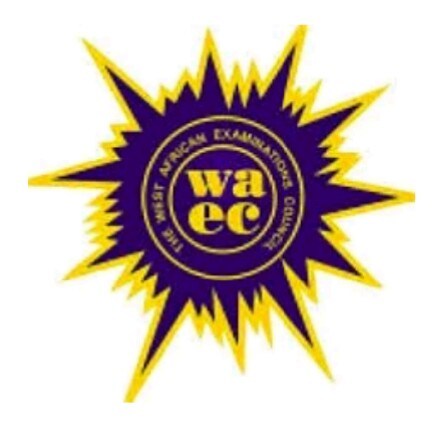Preparing for your Upholstery exam can be overwhelming without a proper study guide. The West African Examination Council (WAEC) syllabus for Upholstery serves as a crucial resource to help you navigate through the subject efficiently.
In this blog post, we will explore the aims and objectives of the Upholstery syllabus, key topics to focus on, and the recommended textbooks for comprehensive exam preparation.
WAEC Upholstery Examination Overview:
The Upholstery exam consists of three papers: Papers 1, 2, and 3. Papers 1 and 2 are to be taken in a single sitting, while Paper 3 is a practical test. Here’s a breakdown of the exam structure:
Paper 1:
- Duration: 1 hour
- Format: Multiple-choice objective questions
- Total marks: 40
Paper 2:
- Duration: 1 hour
- Format: Short-structured questions
- Candidates need to answer any three questions out of four
- Total marks: 60
Paper 3:
- Duration: 2 hours
- Format: Practical test
- Candidates are required to complete one question
- Total marks: 100
Alternative to Practical Test:
In case the materials for the practical test cannot be acquired, an alternative test may be conducted. This test will consist of one question to be answered in 2 hours for a total of 100 marks.
WAEC Upholstery Syllabus:
The Upholstery syllabus covers a range of essential topics that you should focus on during your exam preparation. Here is an overview of the syllabus:
- Introduction to upholstery
- Upholstery workshop safety
- Upholstery tools and machines
- Upholstery materials
- Upholstery design and drawing
- Upholstery construction and repair
- Maintenance and repair of upholstery tools and machines
- Upholstery workshop management
- Introduction to entrepreneurship
Recommended Tools, Equipment, and Machines: To excel in Upholstery, you need to familiarize yourself with the necessary tools, equipment, and machines. Here is a list of some commonly used ones:
Hand Tools Equipment:
- Hammers
- Pair of pincers
- Pair of scissors
- Needles
- Staplers
- Ripping tools
- Webbing stretchers
Power Tools:
- Jig saws
- Electric staplers
- Glue guns
- Electric cutters
- Power screwdrivers
- Pressing irons
- Drills
- Routers
Machines:
- Manual sewing machines
- Drilling machines
- Band saws
- Circular saws
- Ironing machines
- Buttoning machines
- Electric sewing machines
List of Materials:
It is important to have access to the necessary materials for the practical test. Here are some examples:
- Latex foam
- Soft synthetic leather
- Cord
- Sewing thread
- Calico
- Upholstery staples
- Plywood
Special Tools:
Additionally, some special tools are recommended for specific tasks, such as a manual sewing machine, portable power drill, and staple gun.
Recommended Textbooks:
To enhance your understanding of Upholstery concepts, consider referring to the following textbooks:
- Practical Upholstery by C. Howes F. A. M. U.
- Woodwork in Theory and Practice Metric Edition by John A. Walton
- Principles of Woodwork Design and Drawing by E. A. Nnenji
- Technology of Industrial Materials by H. C. Kazanas, Roy S. Klein, and John R. Lindbeck
- Principles of Management by Henry Sisk
- Principles of Management by Koontz and O’Donald
- Modern Upholstering Methods by William F. Tierney
- Upholstery: Step-by-Step Guide by Argent Jeanne
- General Woodworking by Groneman, Christ H.
- The Art of Woodworking: Building Chairs by Tinelife Books
- Modern Furniture Projects: The Best Fine Woodworking by Tavntone Books
Conclusion
To maximize your chances of success in the Upholstery exam, it is crucial to study the WAEC syllabus, focus on the key topics outlined, and utilize the recommended textbooks.
By utilizing the provided information, you will equip yourself with the necessary knowledge and skills to excel in Upholstery.






